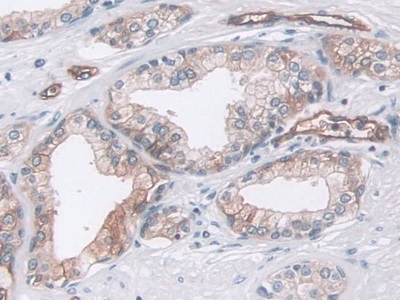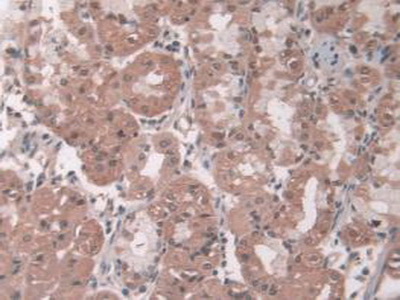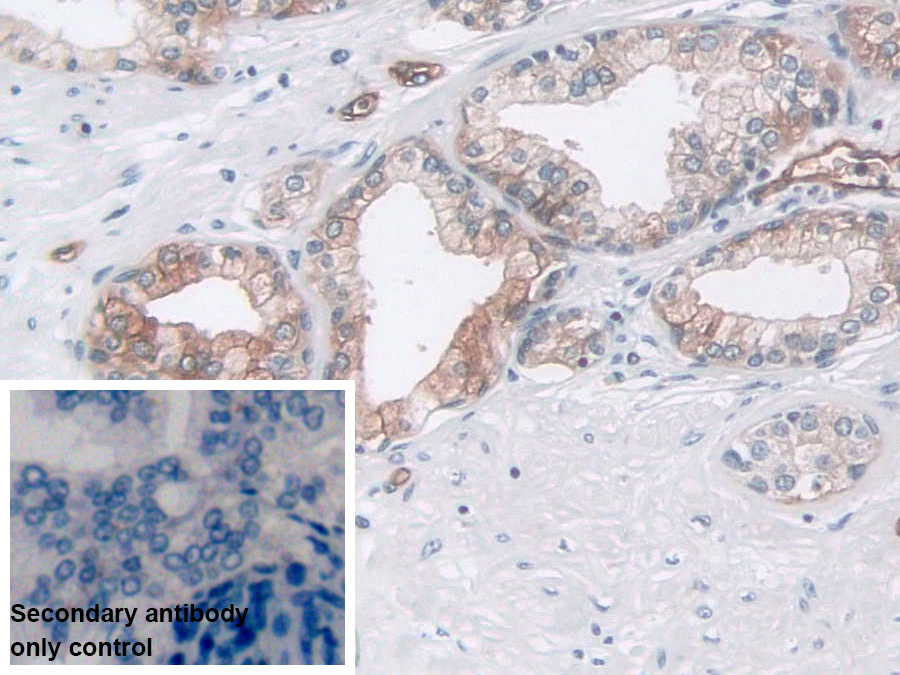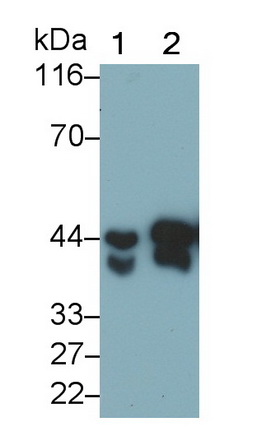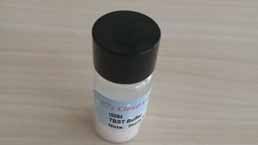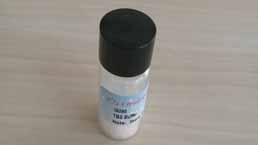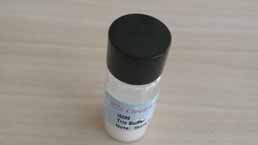Polyclonal Antibody to Pepsin (PP) 

Overview
Properties
- Product No.PAA632Hu01
- Organism SpeciesHomo sapiens (Human) Same name, Different species.
- ApplicationsWB; IHC
If the antibody is used in flow cytometry, please check FCM antibodies.
Research use only - DownloadInstruction Manual
- CategoryEnzyme & KinaseMetabolic pathwayTumor immunityGastroenterology
- SourcePolyclonal antibody preparation, Host Rabbit
- Ig Type IgG, Potency n/a
- PurificationAntigen-specific affinity chromatography followed by Protein A affinity chromatography
- LabelNone
- Immunogen n/a
- Buffer Formulation0.01M PBS, pH7.4, containing 0.05% Proclin-300, 50% glycerol.
- TraitsLiquid, Concentration 0.5mg/ml
Sign into your account
Share a new citation as an author
Upload your experimental result
Review

Contact us
Please fill in the blank.
Specifity
The antibody is a rabbit polyclonal antibody raised against PP. It has been selected for its ability to recognize PP in immunohistochemical staining and western blotting.
Usage
Western blotting: 0.01-2µg/mL;
Immunohistochemistry: 5-20µg/mL;
Optimal working dilutions must be determined by end user.
Storage
Store at 4°C for frequent use. Stored at -20°C in a manual defrost freezer for two year without detectable loss of activity. Avoid repeated freeze-thaw cycles.
Stability
The thermal stability is described by the loss rate. The loss rate was determined by accelerated thermal degradation test, that is, incubate the protein at 37°C for 48h, and no obvious degradation and precipitation were observed. The loss rate is less than 5% within the expiration date under appropriate storage condition.
Organism Species More: Sus scrofa; Porcine (Pig)Giveaways
Increment services
Citations
- LEVEL OF PEPSIN AND BILE ACIDS IN THE SALIVA OF PATIENTS WITH GLOTTIS T1 CARCINOMASzd:Source
- Higher levels of total pepsin and bile acids in the saliva as a possible risk factor for early laryngeal cancerPubmed:Pmc4362607
- Pepsin and bile acids in saliva in patients with laryngopharyngeal reflux – a prospective comparative studyPubMed: 25516364
- Does Positioning Affect Tracheal Aspiration of Gastric Content in Ventilated Infants?PubMed: 25313850
- Detecting Laryngopharyngeal Reflux by Immunohistochemistry of Pepsin in the Biopsies of Vocal Fold Leukoplakiapubmed:28756936
- Label-Free Detection of Salivary Pepsin Using Gold Nanoparticle/Polypyrrole Nanocoral Modified Screen-Printed ElectrodePubmed:29882917
- Association between Pepsin in Bronchoalveolar Lavage Fluid and Prognosis of Chronic Fibrosing Interstitial Lung Disease
- Pulmonary aspiration in preschool children with cystic fibrosisPubmed: 30558606
- Association of Bile Acid and Pepsin Micro-aspiration with Chronic Obstructive Pulmonary Disease ExacerbationPubmed: 31423141
- Optimization of Saliva Collection and Immunochromatographic Detection of Salivary Pepsin for Point-of-Care Testing of Laryngopharyngeal RefluxPubmed: 31935973
- Presence of pepsin in laryngeal tissue and saliva in benign and malignant neoplasmsPubmed: 33103719
- Relationship Between Pepsin Expression and Dysplasia Grade in Patients With Vocal Cord LeukoplakiaPubmed: 32692278
- Association of pepsin and DNA damage in laryngopharyngeal reflux-related vocal fold polypsPubmed: 32889371
- The relationship between laryngopharyngeal reflux based on pepsin value and clinical characteristics of laryngeal cancer patients
- The Role of Salivary Pepsin in the Diagnosis of Gastroesophageal Reflux Disease (GERD) Evaluated Using High-Resolution Manometry and 24-Hour?¡33220027
- Pepsin properties, structure, and its accurate measurement: a narrative review
- The Impact of Laryngopharyngeal Reflux on Occurrence and Clinical Course of Recurrent Respiratory Papillomatosis34338331
- Bronchoalveolar lavage (BAL) amylase and pepsin levels as potential biomarkers of aspiration pneumoniaPubmed:35715334
- Transcutaneous Electrical Acustimulation Improved the Quality of Life in Patients With Diarrhea-Irritable Bowel SyndromePubmed:35088760





